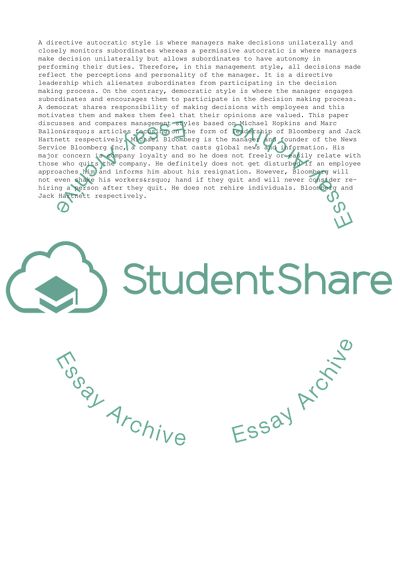Cite this document
(“The Leadership Experience Term Paper Example | Topics and Well Written Essays - 1750 words”, n.d.)
The Leadership Experience Term Paper Example | Topics and Well Written Essays - 1750 words. Retrieved from https://studentshare.org/management/1629463-characterize-the-two-management-styles-in-articles
The Leadership Experience Term Paper Example | Topics and Well Written Essays - 1750 words. Retrieved from https://studentshare.org/management/1629463-characterize-the-two-management-styles-in-articles
(The Leadership Experience Term Paper Example | Topics and Well Written Essays - 1750 Words)
The Leadership Experience Term Paper Example | Topics and Well Written Essays - 1750 Words. https://studentshare.org/management/1629463-characterize-the-two-management-styles-in-articles.
The Leadership Experience Term Paper Example | Topics and Well Written Essays - 1750 Words. https://studentshare.org/management/1629463-characterize-the-two-management-styles-in-articles.
“The Leadership Experience Term Paper Example | Topics and Well Written Essays - 1750 Words”, n.d. https://studentshare.org/management/1629463-characterize-the-two-management-styles-in-articles.


